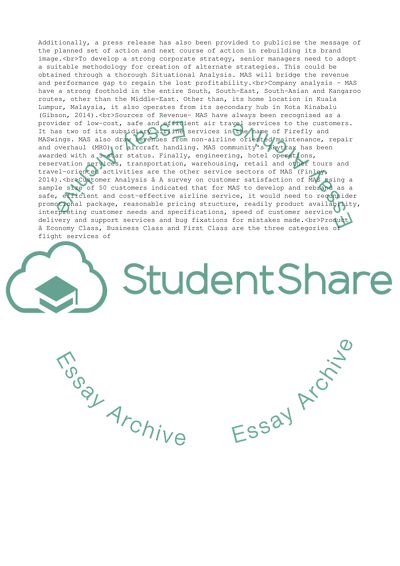Cite this document
(Business communication Essay Example | Topics and Well Written Essays - 2250 words, n.d.)
Business communication Essay Example | Topics and Well Written Essays - 2250 words. https://studentshare.org/business/1856236-business-communication
Business communication Essay Example | Topics and Well Written Essays - 2250 words. https://studentshare.org/business/1856236-business-communication
(Business Communication Essay Example | Topics and Well Written Essays - 2250 Words)
Business Communication Essay Example | Topics and Well Written Essays - 2250 Words. https://studentshare.org/business/1856236-business-communication.
Business Communication Essay Example | Topics and Well Written Essays - 2250 Words. https://studentshare.org/business/1856236-business-communication.
“Business Communication Essay Example | Topics and Well Written Essays - 2250 Words”. https://studentshare.org/business/1856236-business-communication.


